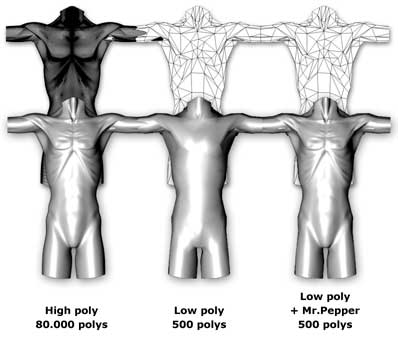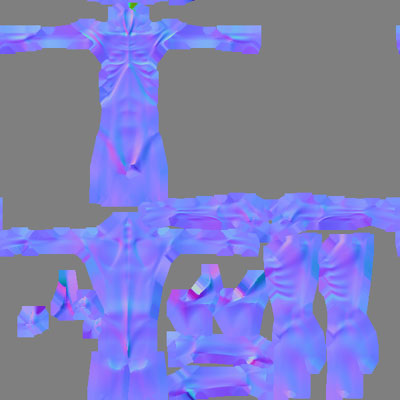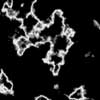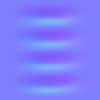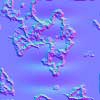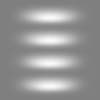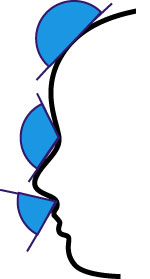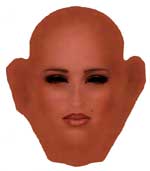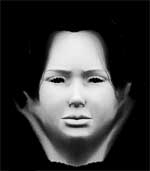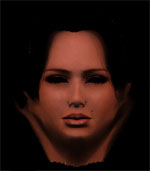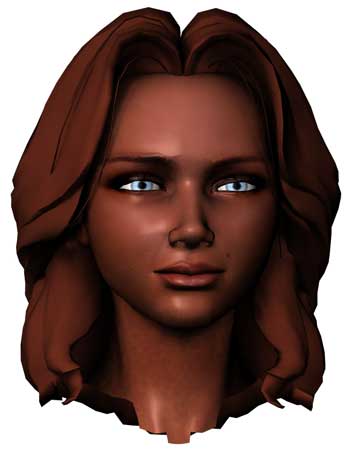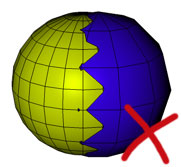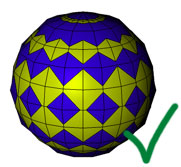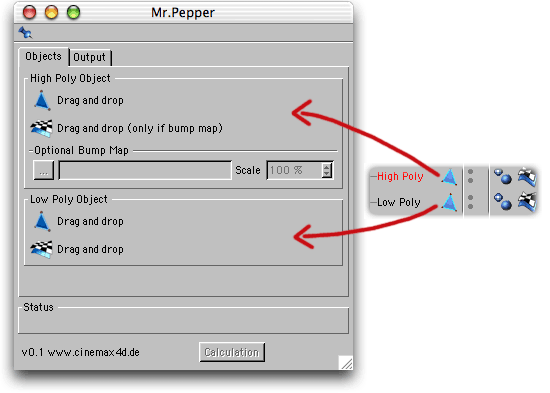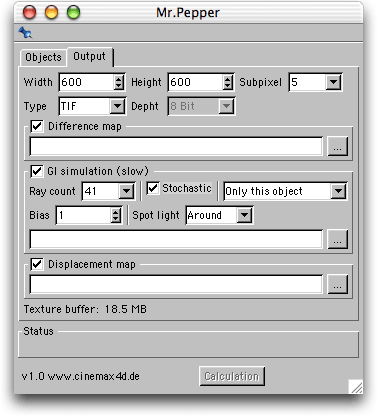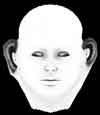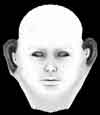Mr.Pepper (from XL8) A 3D game work in real time and the quality become better and better. With Mr.Pepper you use exactly this technology in Cinema 4D or provide finished models for the employment in this game engines.
You need only 2 objects. One (low poly), for which you want to calculate the textures and one as reference (high poly). Mr.Pepper scans the surface of the low poly object, looks for the appropriate place in the high poly object and stores the reference normal and the distances between the low and high poly and computes at the same time a GI simulation. Difference map (Normal map)
Mr.Pepper finds the pertinent place of the low poly object for each texture pixel and computes the associated normal ones of the high poly object. But the normal map is not equal to normal map. Normal maps in world or object coordinates always point to the appropriate direction (Red = +X; Green = +Y; Blue = +Z). If the object is animated or bent, then the normal ones point nevertheless to the indicated direction - which then is wrong. It is better, if the normal ones are stored relative to the pertinent polygon. Because then the polygon with Bones or PLA can shift, rotate and distort at will. In this case the distorted polygon has another normal than before, but with the stored high low difference a normal can be computed, as if the high poly object would be distorted. Mr.Pepper speichert deshalb die Differenzen der Normalen relativ zu den Polygonen ab. In der Spiele-Entwicklung spricht man auch von Normalen in tangent space. Mr.Pepper stores the differences of the normal relative to the polygons. In the game development one speaks also of normals in tangent space.
You can mix the normal map with a Bump map. That saves again render time.
Displacement map
Mr.Pepper computes the distances between the low and high poly object and stores these in UV Koordianten in a gray tone picture. Mean 100% (white) maximum distance outward; 50% (grey) no difference; 0% (black) maximum distance inward. A text file of the same name contains the maximum distance, which should be entered in the shader. The distances are always measured in normal direction. A version for RGB displacement maps and higher resolution (16 bit tiff) coming soon as free update GI simulation (Occlusion map) With radiosity you can make beautiful lighting, but the computation is very time intensive.
Using Mr.Pepper
Both objects must lie absolutely exactly one above the other. Only so the differences between both objects can be computed.
Mr. Pepper need an low poly object with uv tag. Drag this object in the area for the low poly object. As reference object you drag the high poly object into the appropriate area. You need a uv tag for the high poly only if you use a bump map. If you want to compute only the GI simulation, you can assign the same object as high and low poly.
Mr. Pepper works asynchronously. As soon as the computation was started, it is no longer necessary to leave the scene opened. You can close these or continue working on another. The status bar indicates a computer forecast, how long the computation will still last and how much percent was already worked on. |
||||||||||||||||||||||||||||||||||||||||||||||||||||||||||
|
© www.cinemax4d.de TZ INPETHO® MedienProduktion GmbH - Parzellenstrasse 27/28 - D 03050 Cottbus - Deutschland |



